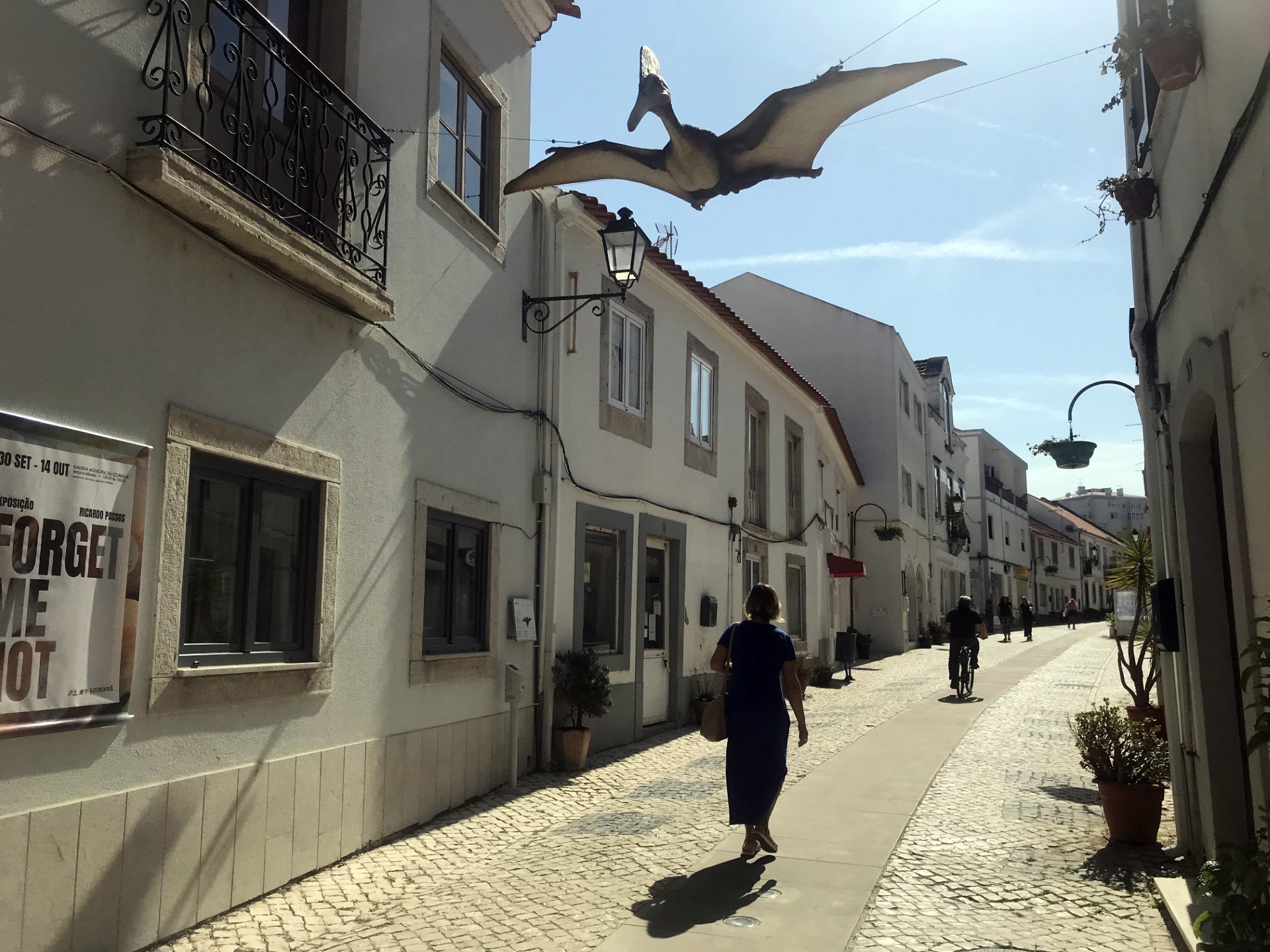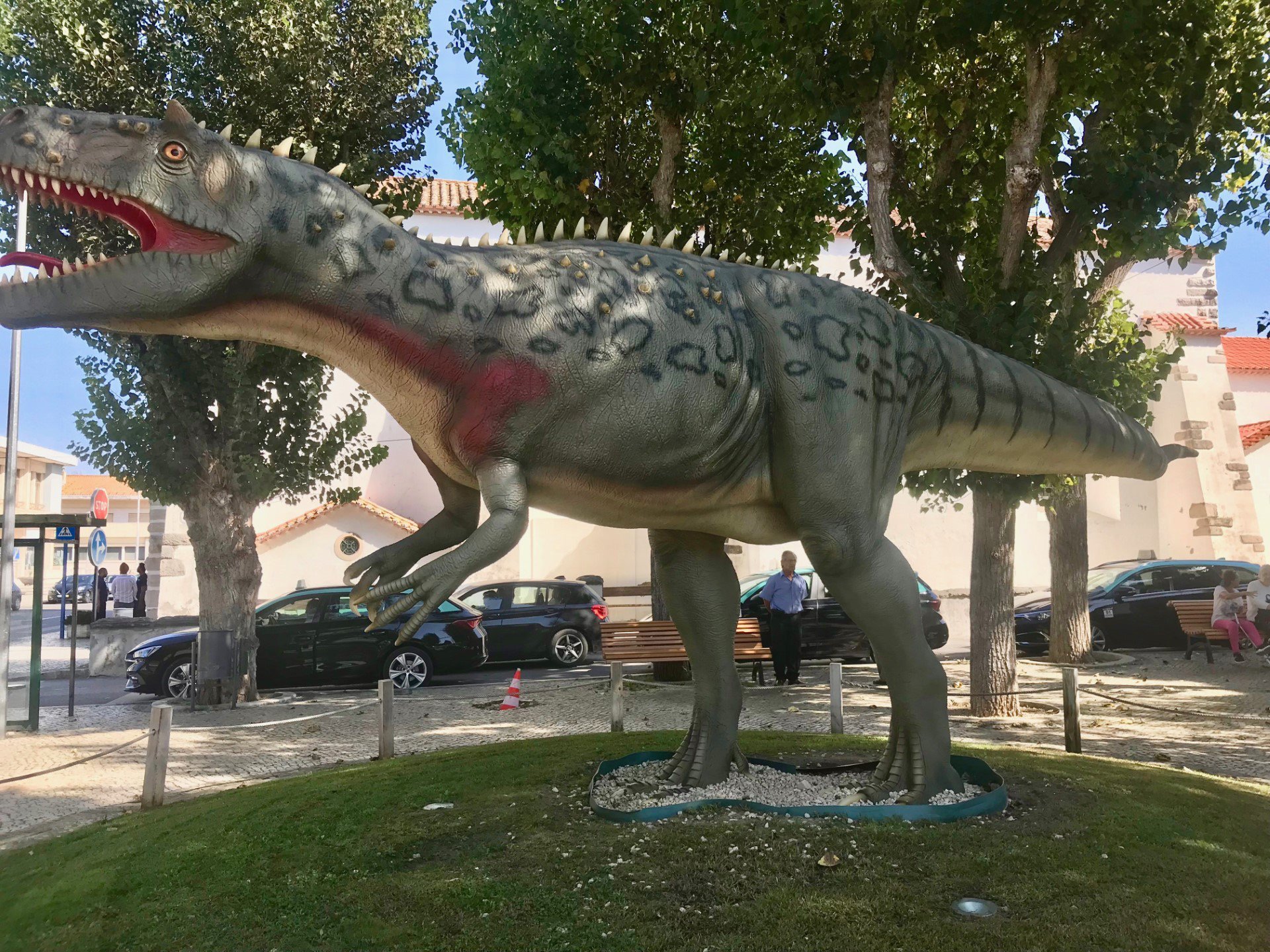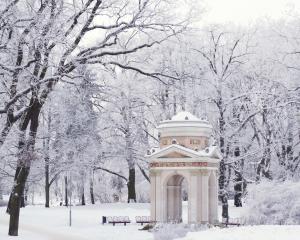
Duck! There’s a pterodactyl overhead. Or is it a pterosaur? Any 6-year-old could tell me but there’s none around to ask.
Gawped at by visitors, the flying lizard is ignored by locals in the little Portuguese town of Lourinha, 60km north of Lisbon.
Just 5km inland from Areia Branca, one of many fabulous beaches on the Silver Coast that stretches 150km along Portugal’s west coast, Lourinha has been inhabited since about 5500BC.
However, human history here is overshadowed by the region’s much earlier — and to most, more interesting — residents, that roamed Europe millions of years ago.

Carnivorous Torvosaurus gurneyi, at 11m long and weighing 5 tonnes or more, was Europe’s largest land predator. Top of the food chain, it predated the more famous Tyrannosaurus rex by some 85 million years. T. gurneyi is related to an American species, a reminder that millions of years ago Europe, northern Asia and North America were part of one ginormous continent, Laurasia.
In a nice touch, the Portuguese thug was named after James Gurney, creator of the Dinotopia fantasy tales.

The dinosaurs have left plenty of traces and a central western slice of Portugal, known as the Lourinha Formation, has revealed an amazing number of fossils. The town has cashed in by erecting life-sized versions of some of the biggest and best.
Most, including T. gurneyi, are from the late Jurassic period, 145 million to 162 million years ago, but others are older, dating back a mind-blowing 200 million years.

I liked the look of Lourinhanosaurus until I learned it was almost as vicious as T. gurneyi so (just in case it came to life) I chose a carpark near a plant-eating triceratops, whose three horns and bony neck frill were presumably designed to see off predators.

Opened in 1984 in the town’s former courthouse, one of the museum’s consultants is palaeontology professor Octavio Mateus, who was brought up in Lourinha. Family outings included fossil hunts and, at the age of 9, the boy found a giant tooth from what was later identified as belonging to T. gurneyi.
Another Mateus find was a nest of dinosaur eggs, an exciting discovery, as eggs were extremely rare at the time. More have been found since, including some with embryos that are helping scientists trace the development of dinosaurs from egg to adult.
As a gardener, I was delighted with the way the museum’s internal courtyard was planted with the descendants of Jurassic plants, such as cycads and gingkoes.
Inside the museum, visitors can see scientists at work, painstakingly detaching fossils from rock. Some are in mudstone, which before it solidified, trapped dinosaurs in mud or clay, preserving them for millions of years.

So much has been uncovered in the region that some of the exhibits have been moved to a newer facility on the town’s outskirts. (Just follow the dinosaurs and you’ll find it.) Touted as an open-air museum, Dino Parque has 200 full-scale models of dinosaurs and other animals with indoor space devoted to the overflow from Museu da Lourinha.
No surprise then that the area is referred to as Portugal’s Jurassic Park and it’s well worth a visit, especially if you are travelling with children.
Getting there
— Lourinha is a €10 ($NZ16) bus ride from Lisbon. The town museum is open from 10am to 6pm Tuesday to Sunday (closed 1pm-2.30pm) and entry is €6 (€4 for seniors).
— Dino Parque Lourinha is open from 10am daily and entry costs €14.50 for adults and €10.50 for 4-12-year-olds. Children under 4 are free. There is a restaurant on-site, useful for lunch as restaurant options in Lourinha itself are rather limited.












